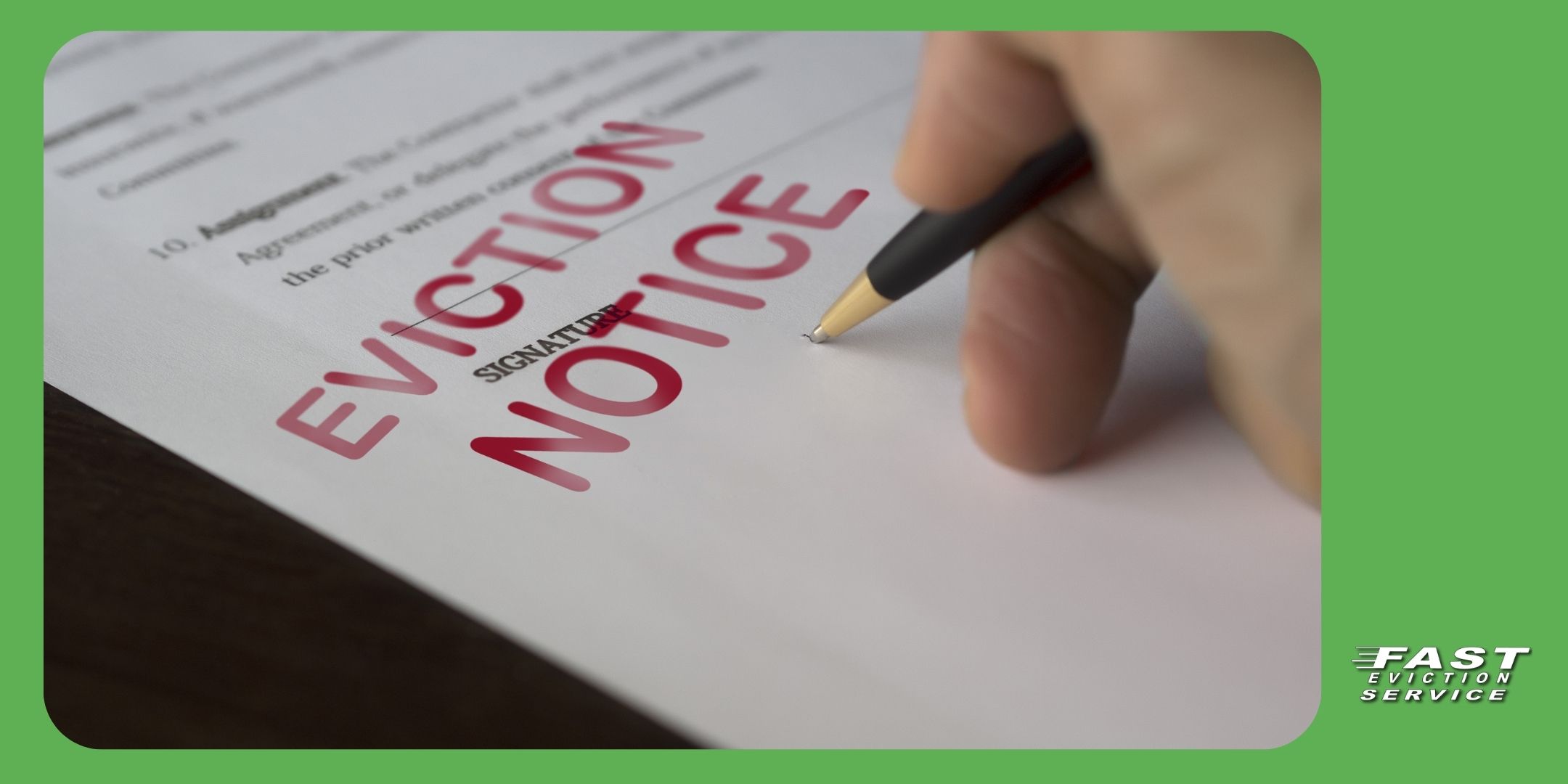Updated 03/12/25
Owning rental property in California comes with its challenges, especially when a tenant has no lease agreement in place. Many landlords assume that without a formal lease, eviction is impossible—but that’s not the case. Whether you have a month-to-month renter or a tenant who has overstayed their welcome, California law provides a legal process for eviction.

In this guide, we’ll walk you through how to evict a tenant in California with no lease, including the legal reasons for eviction, the steps involved, and how to handle common issues.
Understanding Tenant Rights in California Without a Lease
Even without a written lease, tenants in California still have rights. If a tenant pays rent, they are legally considered a tenant-at-will, meaning they are protected under state landlord-tenant laws.
What You Need to Know About Tenant Rights:
- Verbal Agreements Are Binding: If rent is accepted, even without a lease, an agreement is implied.
- Tenants Must Receive Proper Notice: Landlords cannot force tenants out without following legal procedures.
- Self-Help Evictions Are Illegal: Changing locks, shutting off utilities, or removing belongings without a court order is unlawful and can result in penalties.
Legal Reasons for Eviction Without a Lease
A landlord can evict a tenant without a lease for various reasons, including:
- Non-payment of rent – Even without a lease, failure to pay rent is grounds for eviction.
- Lease violations – If a verbal agreement included certain rules, violations could be used as justification for eviction.
- Nuisance or illegal activity – Landlords can remove tenants engaging in disruptive or criminal behavior.
- Owner move-in or sale of property – A landlord can issue a notice to vacate if they plan to occupy or sell the property.
The Proper Steps to Evict a Tenant Without a Lease in California
Step 1: Determine the Type of Tenancy
- Month-to-month tenancy – Requires a 30-day or 60-day notice to vacate, depending on how long the tenant has lived there.
- Tenant-at-will – If there’s no clear agreement, a proper notice to vacate is required before filing for eviction.
Step 2: Serve the Proper Notice to Vacate
- 30-Day Notice – Required for tenants who have lived in the unit for less than a year.
- 60-Day Notice – Required for tenants who have lived there for over a year.
- 3-Day Notice to Quit – Used for serious violations like unpaid rent or illegal activity.
Step 3: Filing an Unlawful Detainer Lawsuit
If the tenant refuses to leave, the landlord must file an Unlawful Detainer with the court. The tenant will be served with court papers and given time to respond. If they do not leave, the case moves to a hearing.
Step 4: Obtaining a Writ of Possession
If the court rules in favor of the landlord, they can request a Writ of Possession. This allows the sheriff to physically remove the tenant if they do not vacate voluntarily.
Common Challenges and How to Handle Them
What If the Tenant Refuses to Leave After Notice?
If the tenant ignores the notice, the only legal way to remove them is through an eviction lawsuit.
How to Deal With Squatters or Holdover Tenants
If a tenant stays beyond their notice period, they become a holdover tenant and can be evicted through the courts.
What If the Tenant Claims Illegal Eviction?
A landlord must never attempt a “self-help” eviction (changing locks, shutting off utilities, etc.), as this can lead to legal consequences.
How Fast Eviction Service Can Help
At Fast Eviction Service, we specialize in helping Southern California landlords with quick and legal evictions. Our team handles everything from notice preparation to court representation, ensuring you regain possession of your property as fast as possible.
Frequently Asked Questions
Can I evict a tenant with no lease in California?
Yes, as long as you follow California eviction laws and serve the proper notice.
Do I need a written lease agreement to evict someone?
No, verbal agreements are legally binding, but landlords must follow proper eviction procedures.
How long does the eviction process take?
It varies, but the entire process can take anywhere from 30 to 90 days, depending on court schedules and tenant responses.


